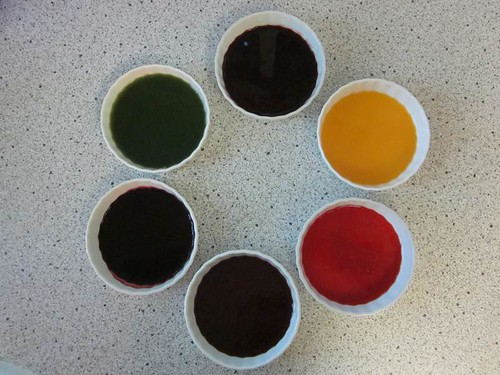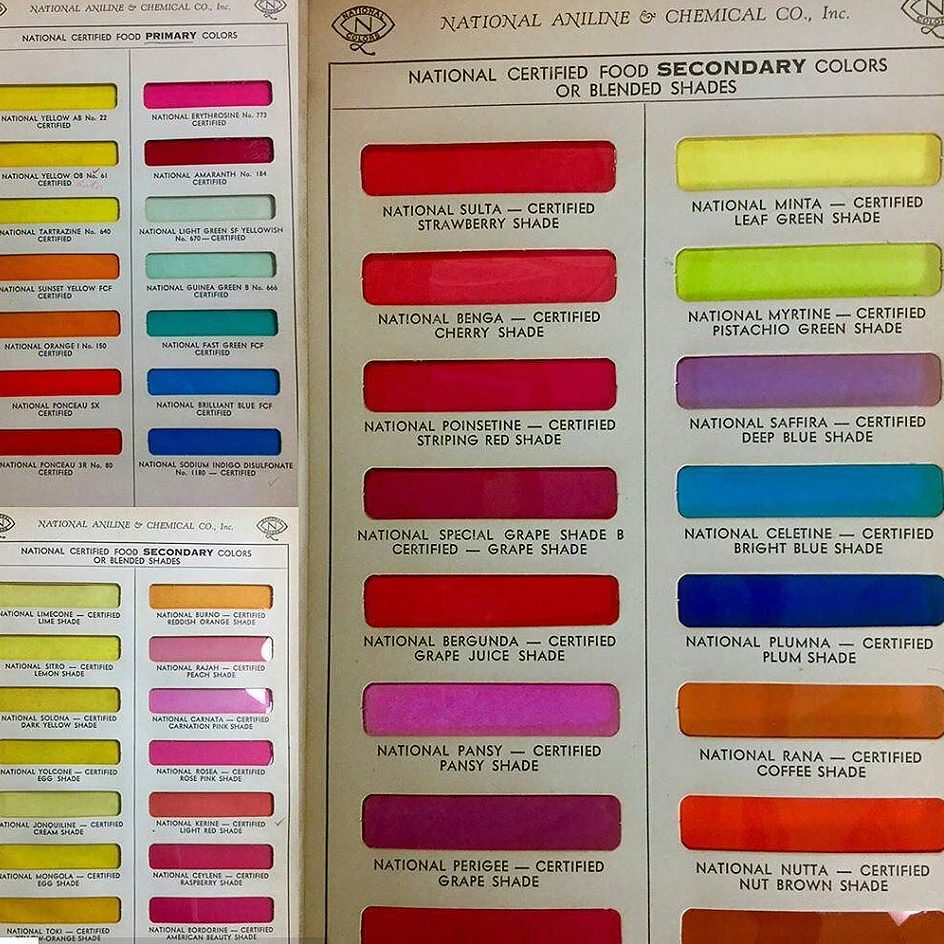
Membership Newsletter – Volume 15 March 2024
Welcome to Our March Edition! This Month’s Topic – Mercury In Fish…
Despite the decades old controversy surrounding synthetic food dyes and their possible link to hyperactivity in children, the FDA has yet to establish a causal relationship between the two!

When asked by Consumer Reports Magazine (November 14, 2022 | Updated February 2, 2023) what was taking so long to act on the issue of regulating Synthetic Food Dyes (Specifically Red Dye #3), the FDA responded with the following statement. “The FDA evaluates and approves color additives for certain uses, based on the most current science available at the time. Following our initial evaluation, our scientists continue to review relevant new information to determine whether there are safety questions and whether the use of such substance is no longer safe under the Federal Food, Drug, and Cosmetic Act.”


Legislators in California are currently pushing for warning labels to be placed on food products containing artificial food dyes, so parents can make informed decisions about what their children eat.
This move is similar to what the European Union did back in 2007, which required warning labels on products containing certain dyes. As a result, many manufacturers opted to remove synthetic food dyes from their European market altogether and used natural dyes instead.
Food safety experts and advocates agree that while dyes likely pose risks to people of all ages. Young children may be the most vulnerable. Even older studies suggest a link between food coloring and children’s behavioral problems. In fact, 64 percent of the 27 clinical studies analyzed showed an association between food coloring and children’s behavioral problems. Recent studies were more likely to show a correlation, with 5 out of the 6 studies done after 1990 reporting statistically significant results.


The FDA suggests that parents who wish to limit their children’s intake of synthetic dyes check food ingredient lists on labels. Some consumer advocacy organizations are pushing for the FDA to either revoke approval for dyes or to inform consumers about the risks from them. A senior scientist at the Center for Science in the Public Interest, claims that dyes and artificial colorings aren’t vitamins or nutrients. Simply stated, they are cosmetics used to make unhealthy foods look more appealing to children.
The precise effect of dyes, even in the best-run clinical trials, can be difficult to tease out. Foods with artificial colors often have other additives, like sugar, that may influence behavior. Many families claim that they can pinpoint dyes as the cause of their children’s issues. They are accomplishing this simply by a process of elimination.
Without government intervention likely in the matter anytime soon, that is my recommendation for families with young children. Avoid foods and drinks that contain U.S. certified colors Red #3, Red #40, Blue #2, Yellow #5 (Tartrazine), Yellow #6 (Sunset Yellow), as well as sodium benzoate. If your child’s health has been improved, then you know that you have taken a step in the right direction.
In a word…Do your own due diligence when your family’s health is at stake! Read current peer reviewed medical journals and reports on the subject. Investigate who is backing the studies you read about in those journals. Determine if the study is biased one way or another. Make informed decisions based upon what YOU have learned yourself in those readings.



Ultimately, the debate over synthetic food dyes and their potential impact on children’s behavior continues. The push for more transparency and education on the matter is growing. Legislators and advocacy groups are uniting in a call to action. Warning labels and more information on food product labels are suggested. Check out the section on Label Reading in my Wellness Academy for more guidance on that subject.